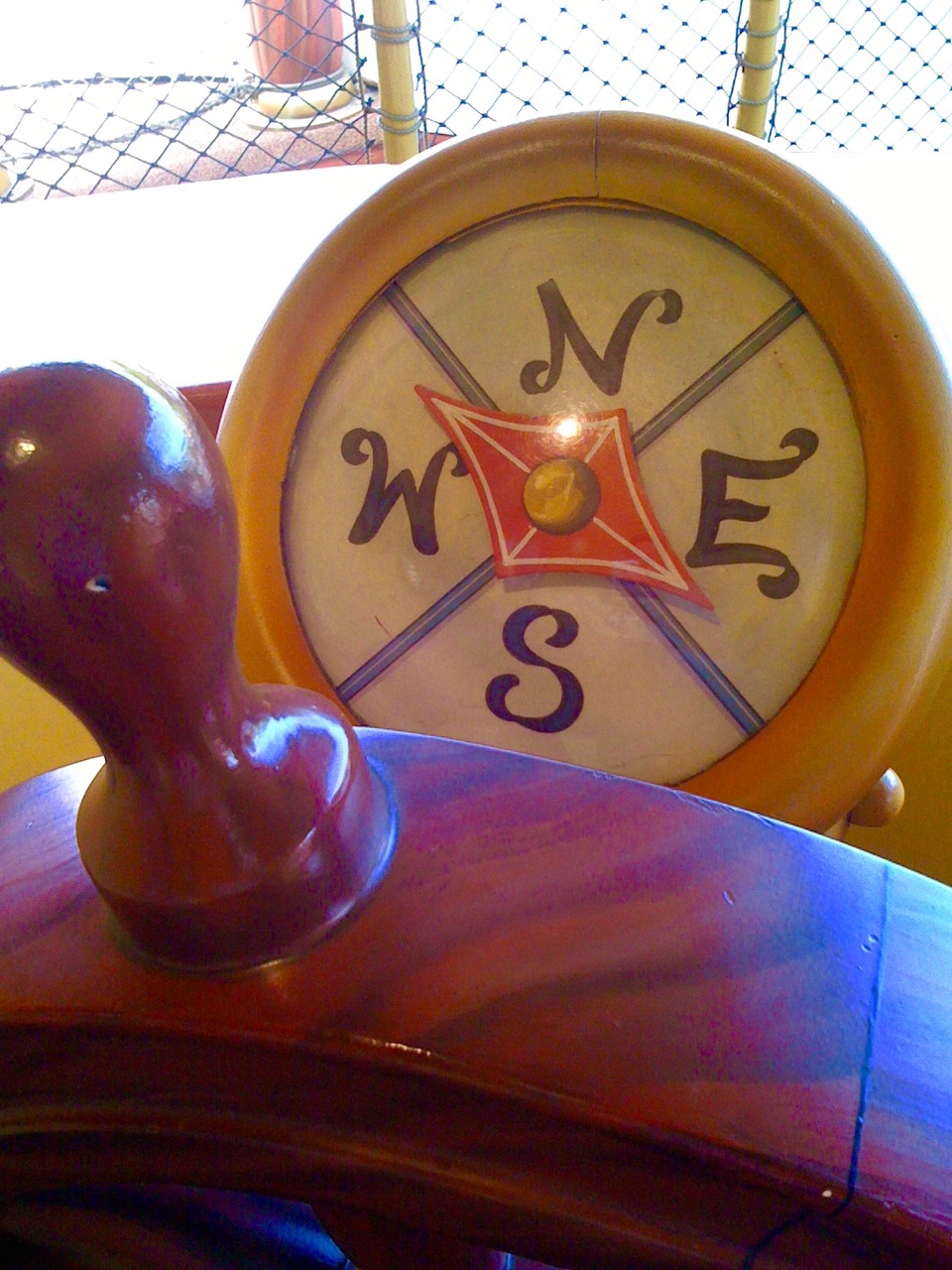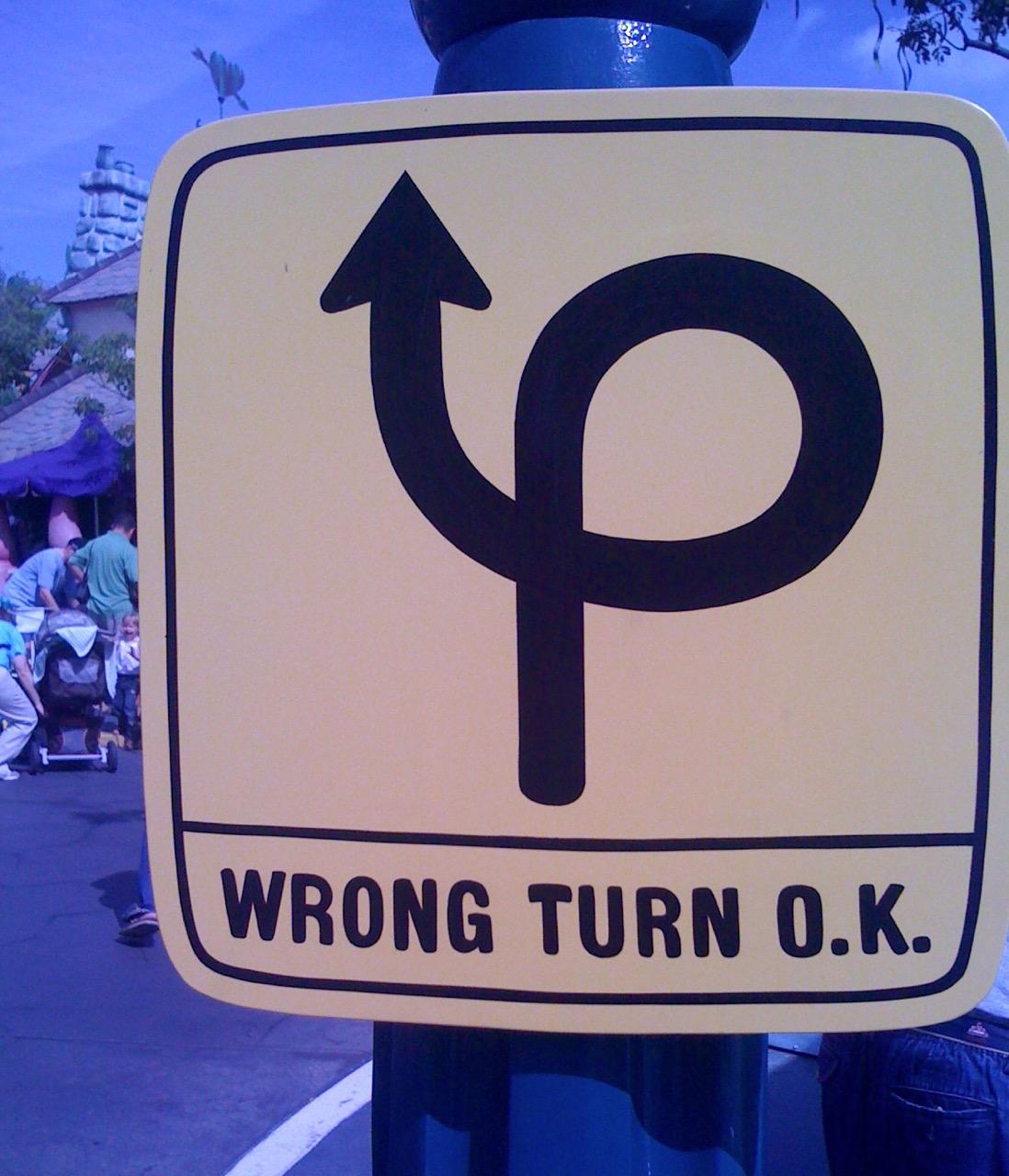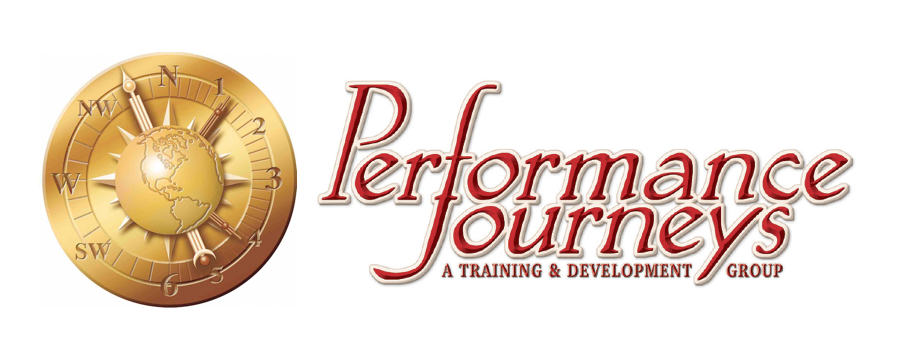In our many engagements, we meet people who embrace our thought leadership around what we refer to as The Chain Reaction of Excellence:

Whether it’s a workshop, seminary or keynote–people want to know how they as a leader can take action to transform the customer experience. While there are many details to be attended to, we’ve outlined some critical steps that will deepen that transformation in a way that is sustainable.
- Set a Goal–Any Goal. Then take action. Take action today. Feel the energy that comes with creating improvement. Build strive and focus on improving the customer experience by creating a strong customer-centric culture. At first, the goal may be one you make for yourself. But soon you will want to involve others as you seek to do the kind of work that will truly be more transformative. But it starts with setting a goal and taking action. Don’t let intent sit on the sideline.
- Identify Your Service Mission, Values & Behaviors. As you seek to influence others in improving the customer experience, you will want to identify your service mission, values & behaviors. These become the framework by which you accomplish your work. They become the guiding principles by which others take action. It becomes a point of accountability–are we doing this? And it works to get everyone pointed in the same direction, rather than everyone going off and doing their own thing.

- Map Out the Experience. As you begin to set goals and accomplish them, you will see that it makes sense for you to map out key events in the customer’s experience, optimizing those opportunities to improve the customer experience. Process Mapping is used in many organizations. Relative to the customer experience, it is sometimes referred to as CX Mapping. We offer a slightly different approach through what we call an Integrity Matrix, or a Service Net. That tool deepens the experience at each key milestone, making certain that there is alignment between what is being delivered and what customers most value. It is a powerful tool to re-think and optimize the entire experience.
- Continuous Improvement. With the experience mapped out, we have an opportunity to focus on making continual improvements. Six Sigma and Lean thinking are two such approaches for process improvement. The concepts of these techniques and tools are all helpful in tweaking the customer experience. Our emphasis, however, is that such activity be pushed down to the front line, empowering them to not only take action, but be accountable for making improvements. Done correctly, this serves to dramatically improve the employee engagement. Of course, such efforts must include support, communications, development and recognition. But when done correctly, it becomes a powerful way to move the organization to a whole new level in a sustainable way. Indeed, it yields to developing an intrapreneurial as well as an entrepreneurial spirit.

- Balanced Scorecard/Dashboard. How do we know how well we are doing? How do we know we’re doing better today than we did yesterday or a year ago? You wouldn’t imagine attending a major ballgame that didn’t have some scorecard. Yet, organizations go about their business seldom knowing how well they are doing–or if they know,that information is held at a higher level. Like continuous improvement, we believe that some sort of scorecard or dashboard needs to pushed down to the front line–again, engaging employees as they take responsibility for the results they are to achieve. It doesn’t have to be complex. But one must understand that what gets measured gets achieved.
There is a sort of tiering to these activities–in other words, they build off of each other in order of complexity. Yet, the most important thing is to not make it so complex that it breaks down under the weight of its own activity. It’s far better to soft wire (focus on motivating, engaging, inspiring) employees to do these things rather than hard wire (create some big initiative, set of procedures, red tape, etc.) in accomplishing these tasks. Let the front line determine what processes and procedures need to be put in place in order to make it easier to accomplish the above, rather than have it be driven entirely from above.
The sum total of these activities requires employees to be focused daily on how they can improve the customer experience. It is an ongoing process–not done in a day, but achieved through daily effort. That brings us to this quotation, attributed to the teachings of Aristotle:
We are what we repeatedly do.
Excellence, therefore, is not an act, but a habit.

Comments are closed.